Extreme Medics — Part Five: How preparing to save lives is more than just delivering the right medical treatment
A hiker collapses under the relentlessness of a 44C desert sun, three hours from help. Being a paramedic in Australia’s harshest environment is more than just knowing the right medical treatment — they have to be physically prepared to get the job done. EXTREME MEDICS: PART FIVE.
NSW
Don't miss out on the headlines from NSW. Followed categories will be added to My News.
- Part One: Australia’s most courageous first-responders
- Part Two: Behind the scenes of a paramedic rescue
- Part Three: Extreme Medics make life or death decisions
While we waited at the station on this particular day just before Christmas, the Intensive Care Paramedics prepared me for what to expect on the road.
They gave me a high-vis St Johns vest and protective glasses, disposable gloves to wear at every job and asked about my first aid experience, which was embarrassingly nil.
St Johns is privately run and were surprisingly welcoming.
They treated me more like a medical student than a reporter, explaining all of their decisions and actions after each event — and they appreciated an extra set of hands.
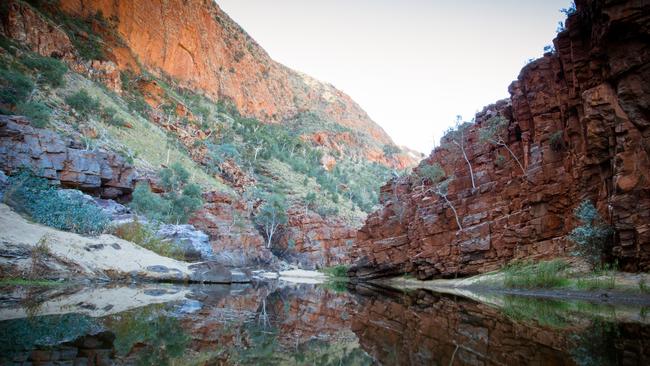
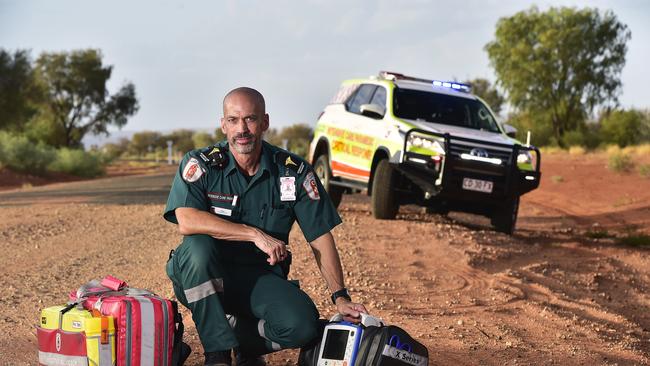
There are only 28 paramedics — compared to about 250 police — posted to Alice Springs, serving its population of about 25,000.
The paramedics work four days on, four days off. Their shifts are 12 hours — during which they often miss meal breaks — and rarely clock off on time.
There are two front line emergency ambulances in operation at all times and the Critical Response Unit is rostered on half of the time.
There is also a non-emergency patient transport vehicle.
When the Intensive Care Paramedics finish their shift around midnight, they remain on call until dawn (6am) with a few hours downtime before their next shift starts at 11am.
It’s a tough gig.
The day I joined Paul and Caitlin on the road, Paul was running on just three hours sleep. He’d finished work about 1am but had been called to another job at 3am. He finally got home and to bed about 5am.
- Part Four: Ambulance rescue like something from a TV drama
- Part Six: Overcoming isolation and heat to save lives
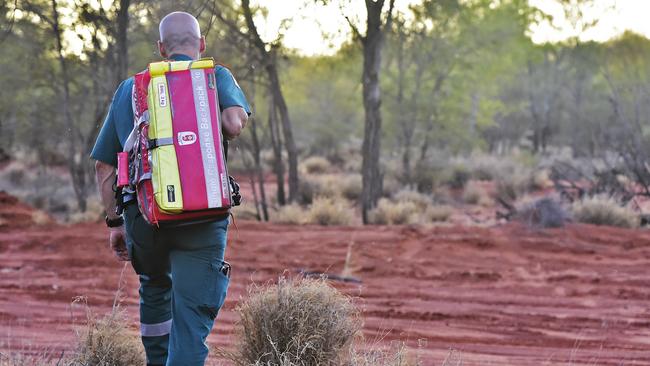
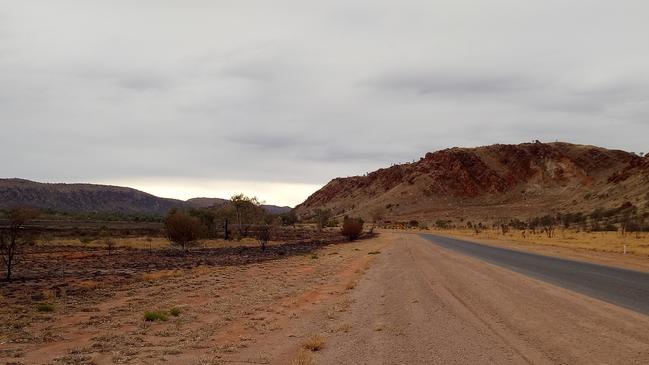
The softly spoken and super fit father-of-one said the biggest risk to paramedics are mental health challenges — as result of not only the trauma they face daily but the shift work, workload, fatigue, potentially poor diet — and back injuries.
The latter became evident as I watched as they often had to lift large patients on stretchers in awkward settings. Paul himself has suffered from neck and shoulder injuries but he’s devoted to his fitness and trains daily despite broken sleep.
“It’d be really easy not to train especially with the long shift patterns, on-call and when I’m really tired however, for me it’s … an essential part of performing at a level I would expect, and that level needs to address the extremes of my job,” he said.
“It takes discipline and I see it as a part of my professional role.
“It’s not part of our workplace expectations or culture to physically train for the performance that is required at the extremes of what we may face in a shift like it is with other emergency services.”
RELATED STORIES
Meet dedicated Alice Springs paramedic Caitlin Little
Meet dedicated Alice Springs paramedic Paul Reeves
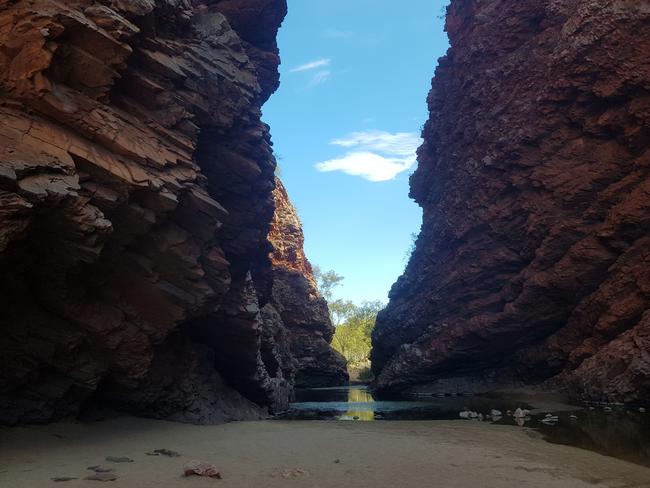
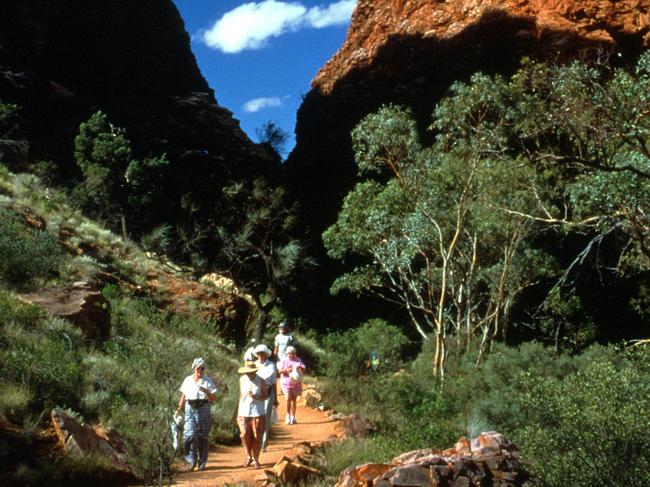
By extremes, he means jobs such as the one he was called to in mid January that required him to hike for three hours in 44C heat to rescue a collapsed hiker near Simpsons Gap, west of Alice Springs, in the West MacDonnell Ranges.
Paul carried her out with the help of two “very fit” police officers who went with him and a few other hikers.
“Everyone one was dehydrated despite best efforts,” he said.
“However, she would have not survived had it taken a couple of hours longer.”
These are the untold stories of courage, compassion, dedication, resilience and inspiration of a caring group of remarkable and selfless first-responders in two of the toughest towns in Australia.


